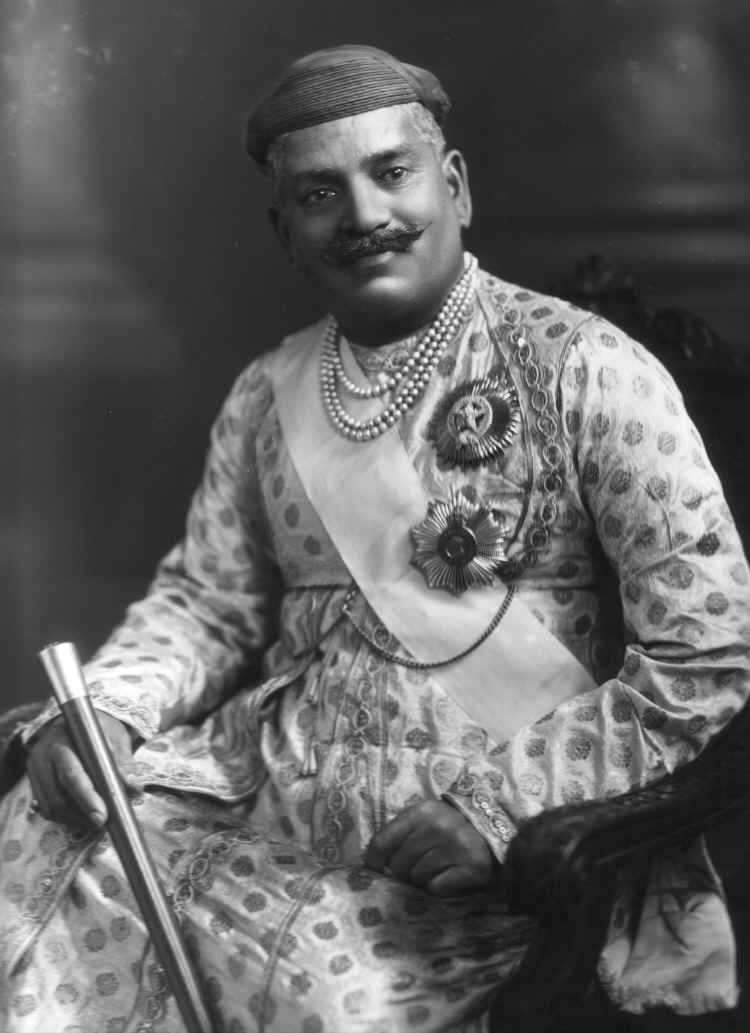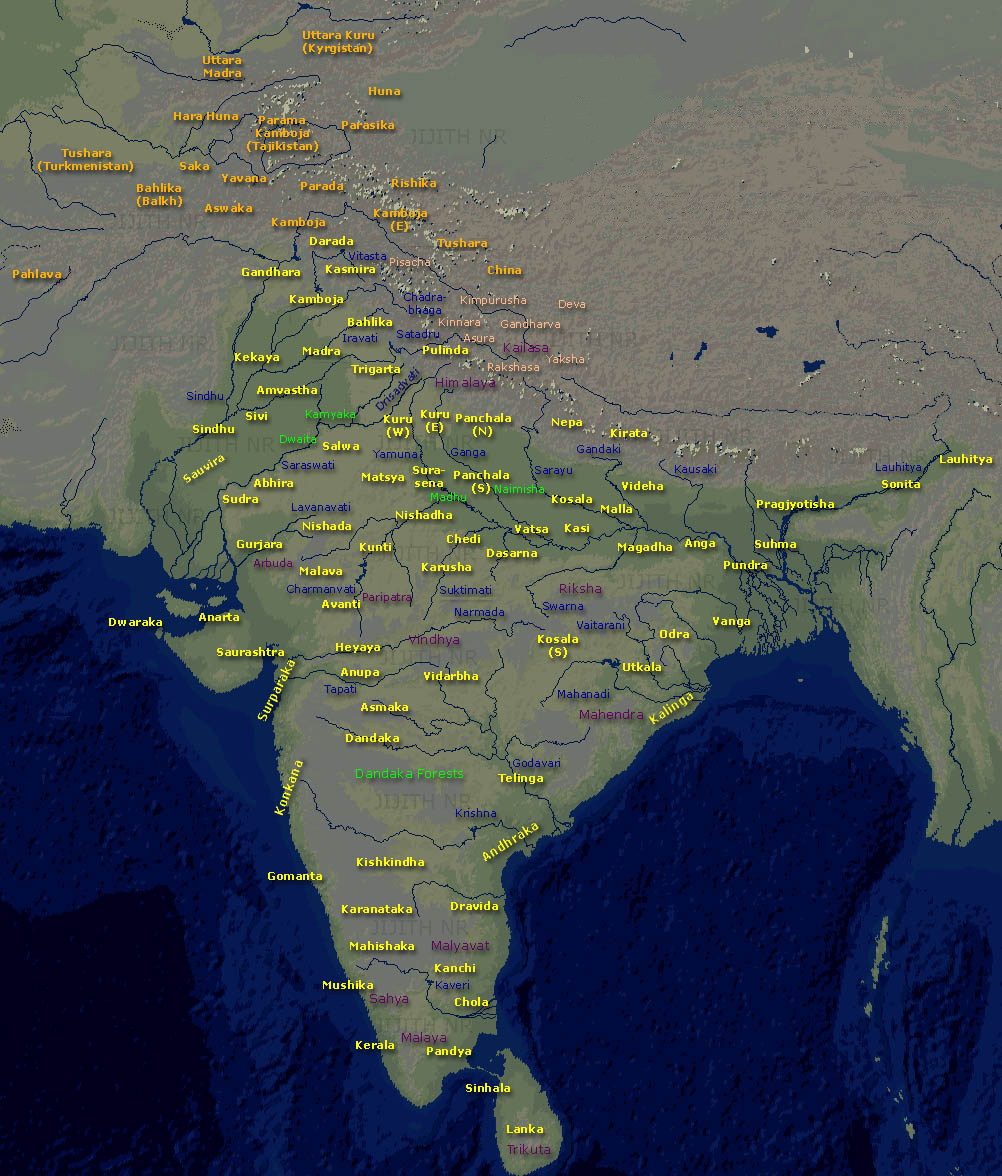|
Pah, Gujarat
Pah is a village and former non-salute Rajput princely state on Saurashtra peninsula in Gujarat, western India. History Pah was a single village princely state in Gohelwar ''prant'', under Sarvaiya Rajput Chieftains. It had a population of 273 in 1901, yielding a state revenue of 2,600 Rupees (nearly all from land; 1903-4) and paying 319 Rupees tribute to the Gaekwar Baroda State and Junagadh. During the British Raj The British Raj (; from Hindi language, Hindi ''rāj'': kingdom, realm, state, or empire) was the rule of the British The Crown, Crown on the Indian subcontinent; * * it is also called Crown rule in India, * * * * or Direct rule in India, * Q ..., the petty state was under the colonial Eastern Kathiawar Agency. External links and sources History DSAL.UChicago - Kathiawar {{coord missing, Gujarat Princely states of Gujarat ... [...More Info...] [...Related Items...] OR: [Wikipedia] [Google] [Baidu] |
Princely State
A princely state (also called native state or Indian state) was a nominally sovereign entity of the British Indian Empire that was not directly governed by the British, but rather by an Indian ruler under a form of indirect rule, subject to a subsidiary alliance and the suzerainty or paramountcy of the British crown. There were officially 565 princely states when India and Pakistan became independent in 1947, but the great majority had contracted with the viceroy to provide public services and tax collection. Only 21 had actual state governments, and only four were large ( Hyderabad State, Mysore State, Jammu and Kashmir State, and Baroda State). They acceded to one of the two new independent nations between 1947 and 1949. All the princes were eventually pensioned off. At the time of the British withdrawal, 565 princely states were officially recognised in the Indian subcontinent, apart from thousands of zamindari estates and jagirs. In 1947, princely states covered ... [...More Info...] [...Related Items...] OR: [Wikipedia] [Google] [Baidu] |
Saurashtra (region)
Saurashtra, also known as Sorath or Kathiawar, is a peninsular region of Gujarat, India, located on the Arabian Sea coast. It covers about a third of Gujarat state, notably 11 districts of Gujarat, including Rajkot District. It was formerly a state of India before it merged with Bombay state. In 1961 it separated from Bombay and joined Gujarat. Location Saurashtra peninsula is bound on the south and south-west by the Arabian sea, on the north-west by the Gulf of Kutch and on the east by the Gulf of Khambhat. From the apex of these two gulfs, the Little Rann of Kutch and Khambhat, waste tracts half salt morass half sandy desert, stretch inland towards each other and complete the isolation of Kathiawar, except one narrow neck which connects it on the north-east with the mainland of Gujarat. The peninsula is sometimes referred to as Kathiawar after the Kathi Darbar, which once ruled most of the region. However, Saurashtra is not entirely synonymous with Kathiawar, since a ... [...More Info...] [...Related Items...] OR: [Wikipedia] [Google] [Baidu] |
Gujarat
Gujarat (, ) is a state along the western coast of India. Its coastline of about is the longest in the country, most of which lies on the Kathiawar peninsula. Gujarat is the fifth-largest Indian state by area, covering some ; and the ninth-most populous state, with a population of 60.4 million. It is bordered by Rajasthan to the northeast, Dadra and Nagar Haveli and Daman and Diu to the south, Maharashtra to the southeast, Madhya Pradesh to the east, and the Arabian Sea and the Pakistani province of Sindh to the west. Gujarat's capital city is Gandhinagar, while its largest city is Ahmedabad. The Gujaratis are indigenous to the state and their language, Gujarati, is the state's official language. The state encompasses 23 sites of the ancient Indus Valley civilisation (more than any other state). The most important sites are Lothal (the world's first dry dock), Dholavira (the fifth largest site), and Gola Dhoro (where 5 uncommon seals were found). Lothal ... [...More Info...] [...Related Items...] OR: [Wikipedia] [Google] [Baidu] |
India
India, officially the Republic of India ( Hindi: ), is a country in South Asia. It is the seventh-largest country by area, the second-most populous country, and the most populous democracy in the world. Bounded by the Indian Ocean on the south, the Arabian Sea on the southwest, and the Bay of Bengal on the southeast, it shares land borders with Pakistan to the west; China, Nepal, and Bhutan to the north; and Bangladesh and Myanmar to the east. In the Indian Ocean, India is in the vicinity of Sri Lanka and the Maldives; its Andaman and Nicobar Islands share a maritime border with Thailand, Myanmar, and Indonesia. Modern humans arrived on the Indian subcontinent from Africa no later than 55,000 years ago., "Y-Chromosome and Mt-DNA data support the colonization of South Asia by modern humans originating in Africa. ... Coalescence dates for most non-European populations average to between 73–55 ka.", "Modern human beings—''Homo sapiens''—originated in Africa. Th ... [...More Info...] [...Related Items...] OR: [Wikipedia] [Google] [Baidu] |
Gohelwar
Gohelwar was one of the four '' prant''s or traditional provinces of Saurashtra, the others being Jhalawar or Jhalavad, Halar, and Sorath. Gohelwar covered the southeast of the Kathiawar peninsula, and roughly corresponds to the modern Bhavnagar District and Amreli District. Princely states Its salute states were : *First Class: Bhavnagar (entitled to a hereditary 13-guns salute and a 15-guns local salute, with the King titled Maharaja) *Second Class: Palitana (entitled to a hereditary 9-guns salute, with the King titled Thakur Sahib) The major non-salute states included: *Third Class: Jasdan, Vala *Fourth Class: Lathi *Fifth Class: none *Sixth Class: Bhadli, Itaria, Kotra Pitha, Limbda, Vankia *Seventh Class: Kariana Kariana is a small village in Amreli district in the state of Gujarat, India. It is on the road from Babra to Gadhda. You can also visit Ghela Somnath temple distance 15 from the Kariyana. Description This village has many peacocks and there ... ... [...More Info...] [...Related Items...] OR: [Wikipedia] [Google] [Baidu] |
Rajput
Rajput (from Sanskrit ''raja-putra'' 'son of a king') is a large multi-component cluster of castes, kin bodies, and local groups, sharing social status and ideology of genealogical descent originating from the Indian subcontinent. The term Rajput covers various patrilineal clans historically associated with warriorhood: several clans claim Rajput status, although not all claims are universally accepted. According to modern scholars, almost all Rajput clans originated from peasant or pastoral communities. Over time, the Rajputs emerged as a social class comprising people from a variety of ethnic and geographical backgrounds. During the 16th and 17th centuries, the membership of this class became largely hereditary, although new claims to Rajput status continued to be made in the later centuries. Several Rajput-ruled kingdoms played a significant role in many regions of central and northern India from seventh century onwards. The Rajput population and the former Rajput state ... [...More Info...] [...Related Items...] OR: [Wikipedia] [Google] [Baidu] |
Baroda State
Baroda State was a state in present-day Gujarat, ruled by the Gaekwad dynasty of the Maratha Confederacy from its formation in 1721 until its Instrument of Accession, accession to the newly formed Dominion of India in 1949. With the city of Baroda (Vadodara) as its capital, during the British Raj its relations with the British were managed by the Baroda Residency. The revenue of the state in 1901 was Rs. 13,661,000. Baroda formally acceded to the Dominion of India, on 1 May 1949, prior to which an interim government was formed in the state. History Early history Baroda derives its native name ''Vadodara'' from the Sanskrit word ''vatodara'', meaning 'in the heart of the Banyan (''Vata'') tree. It also has another name, ''Virakshetra'' or ''Virawati'' (land of warriors), mentioned alongside ''Vadodara'' by the 17th century Gujarati poet Premanand Bhatt, native to the city. Its name has been mentioned as ''Brodera'' by early English travellers and merchants, from which its ... [...More Info...] [...Related Items...] OR: [Wikipedia] [Google] [Baidu] |
Junagadh
Junagadh () is the headquarters of Junagadh district in the Indian state of Gujarat. Located at the foot of the Girnar hills, southwest of Ahmedabad and Gandhinagar (the state capital), it is the seventh largest city in the state. Literally translated, Junagadh means "Old Fort". After a brief struggle between India and Pakistan, Junagadh voted to join India in a plebiscite held on 20 February 1948. It was a part of Saurashtra state and later Bombay state. In 1960, in consequence of the Maha Gujarat movement, it became part of the newly formed Gujarat state. History Early history As per the legend, the founder of the Ror Dynasty Raja Dhaj, Ror Kumar, alias Rai Dyach, ruled over the principality of Jhunagarh in the fifth century BC. An early structure, Uparkot Fort, is located on a plateau in the middle of town. It was originally built in 319 BCE during the Mauryan dynasty by Chandragupta. The fort remained in use until the 6th century, when it was abandoned for ab ... [...More Info...] [...Related Items...] OR: [Wikipedia] [Google] [Baidu] |
British Raj
The British Raj (; from Hindi language, Hindi ''rāj'': kingdom, realm, state, or empire) was the rule of the British The Crown, Crown on the Indian subcontinent; * * it is also called Crown rule in India, * * * * or Direct rule in India, * Quote: "Mill, who was himself employed by the British East India company from the age of seventeen until the British government assumed direct rule over India in 1858." * * and lasted from 1858 to 1947. * * The region under British control was commonly called India in contemporaneous usage and included areas directly administered by the United Kingdom of Great Britain and Ireland, United Kingdom, which were collectively called Presidencies and provinces of British India, British India, and areas ruled by indigenous rulers, but under British British paramountcy, paramountcy, called the princely states. The region was sometimes called the Indian Empire, though not officially. As ''India'', it was a founding member of the League of Nations, a ... [...More Info...] [...Related Items...] OR: [Wikipedia] [Google] [Baidu] |
Eastern Kathiawar Agency
The Baroda, Western India and Gujarat States Agency was an agency of the Indian Empire, managing the relations of the Provincial Government of the Bombay Presidency with a collection of princely states. The political agent in charge of the agency resided at Baroda (Vadodara). History In 1937 the princely states of the Baroda Agency were merged with those of the agencies adjacent to the northern part of the Bombay Presidency, Rewa Kantha Agency, Surat Agency, Nasik Agency, Kaira Agency and Thana Agency, in order to form the Baroda and Gujarat States Agency. On 5 November 1944 the Baroda and Gujarat States Agency was merged with the Western India States Agency (WISA) to form the larger Baroda, Western India and Gujarat States Agency. After the Independence of India in 1947, as India and Pakistan, the rulers of the princely states of the agency signed the Instrument of Accession and joined India. Only a few princely states such as Junagadh and (Bantva) Manavadar linge ... [...More Info...] [...Related Items...] OR: [Wikipedia] [Google] [Baidu] |






